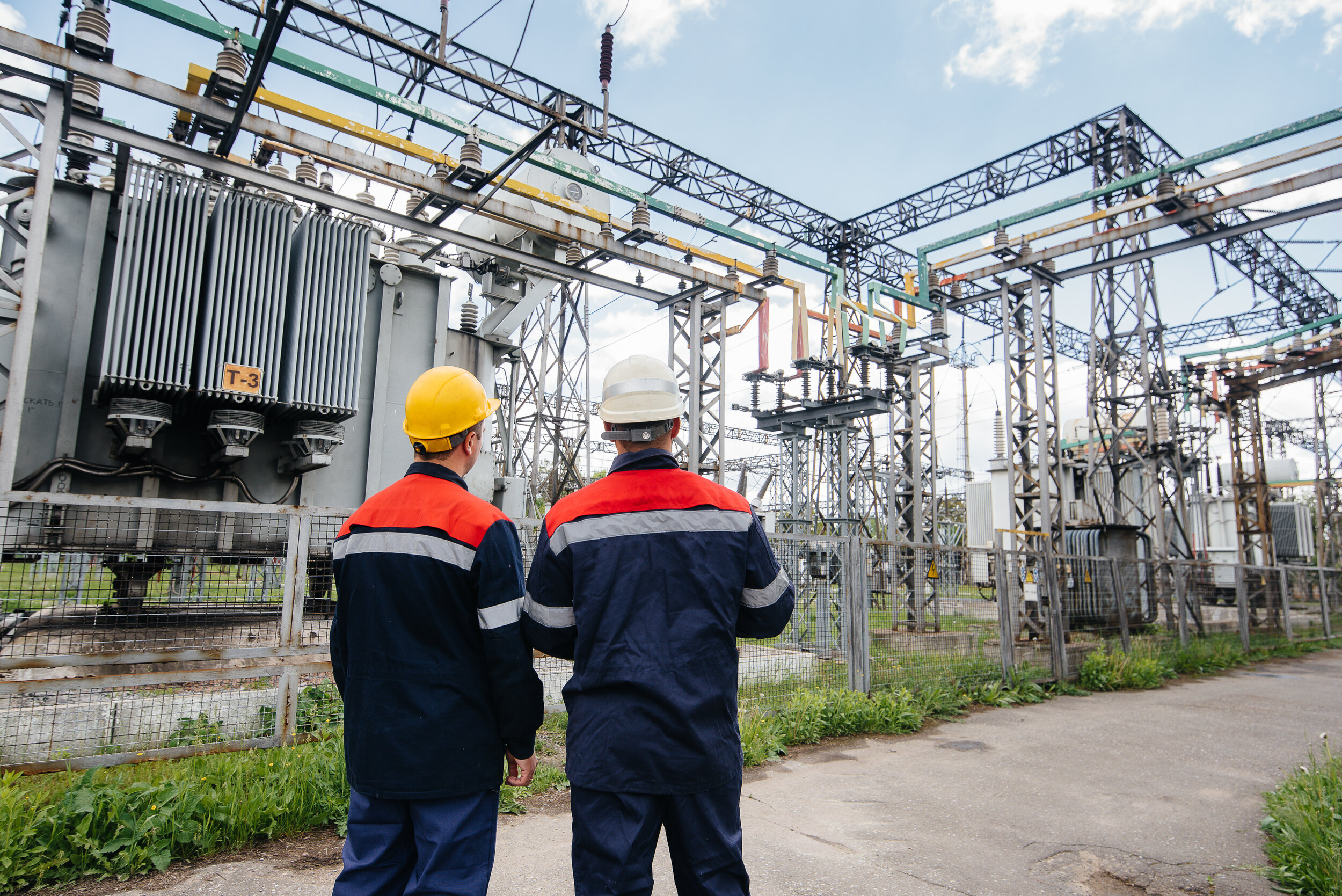
Field Tests & Measurements
Earth Resistance Measurements
A grounding system can be as simple as a single ground rod, a system of interconnected ground rods/plates or a complex ground grid comprising interconnected horizontal & vertical ground electrodes buried in the ground to establish electrical contact with the earth. Resistance of each of these electrode configurations is known as “Earth resistance” or “Ground resistance” or even ‘Ground impedance”. Field measurements are made:
· To verify the actual Earth resistance to remote earth of the installation
· To verify if the actual Earth resistance is close to the design value
· To determine ground potential rise within and outside the earth electrode area in cases of ground faults
Most common and accurate method for field measurement of Earth resistance is “Fall-of- Potential” or “Three Point” Method according to IEEE Std. 81 and IS: 3043 employing Standard Earth Testers. Experts in SPC are specialized in Fall-of-Potential Method of measurement, be it for large grounding systems like sub stations/generation plants or earth pits in HT/LT installations.
